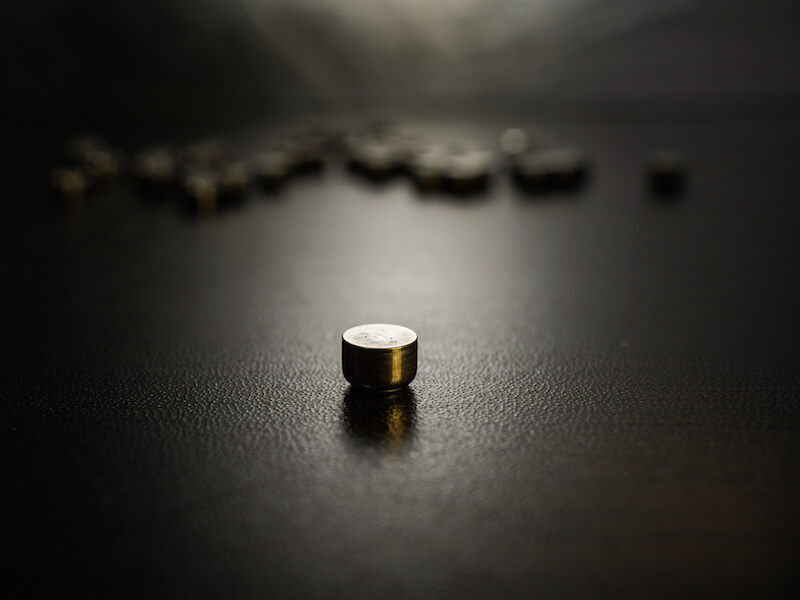
From cameras to phones to music players, how we power our electronics has progressed. A robust, rechargeable hearing aid battery is finally realizing the hopes of hearing aid makers to replace the antiquated disposable power sources of the past.
Disposable hearing aid batteries have traditionally been the power source of choice amongst manufacturers, with size 312 batteries serving as one of the more prevalent battery types. The most popular form of this battery, now, is “zinc-ion”.
Disposable Hearing Aids Have a Downside
As the name would suggest, a zinc-air battery is impacted by the presence of air. In the case of the 312 batteries used in a lot of hearing aids, the user is required to pull a small tab off the back of the battery before it’s turned on and operational.
They will begin losing power as soon as they are fully oxygenated. That means power is beginning to deplete even if the user isn’t ready.
The biggest disadvantage to disposable batteries, for the majority of users, is how long they last. With 312 batteries, the user could be replacing the batteries in their hearing aids about 120 times each year because they drain in 3 to 12 days according to some reports.
Because of this, besides needing to purchase 120 batteries, the user will have to change and correctly dispose of batteries at least twice a week. That’s most likely over $100 in batteries from a cost perspective alone.
Rechargeable battery Advancements
Thankfully, for hearing aid users in search of another alternative, there have been significant advancements to rechargeable hearing aids that now make them a practical choice.
The vast majority of individuals would wear rechargeable hearing aids if given a choice according to some studies. In the past, these models were not practical because they didn’t keep a charge long enough. However, recent advancements now facilitate an entire day of use per charge.
Users won’t see substantial cost savings by changing to rechargeable batteries, but where they will see an obvious improvement is in quality of life.
These new models give less aggravation on top of keeping a 24 hour charge because the user doesn’t deal with the burden of constantly swapping out the batteries. Instead, they just need to pop out the battery and put them in a convenient tabletop charging unit.
When a disposable battery gets near the end of its life it doesn’t run your hearing aid at full power. And you can’t determine how close the battery is to quitting. So the batteries could die at the exact moment that a user needs them the most which could even put them in danger. Not only is this a safety hazard, but users may miss out on important life moments because of a faulty battery.
Types of Rechargeable Hearing Aid Batteries
There are unique benefits to each of the different materials that rechargeable batteries are made of. The ability to hold a charge for 24 hours is one reason why integrated lithium-ion batteries are one worthwhile option that manufacturers provide. And cellphones are powered by this same type of battery which might be surprising.
Another kind of modern rechargeable battery is a silver-zinc. Initially, these revolutionary batteries were manufactured for Nasa’s moon missions. You can even use this technology to upgrade and retrofit the existing hearing aids you’re comfortable with by converting the device to rechargeable power. Just like lithium-ion, silver-zinc can also supply enough power to last you all day.
Some models even allow you to recharge the battery while it’s still in the hearing aid. For these, users will place the entire hearing aid on a charging station when they sleep or at another time when the device isn’t in use.
Whichever option you decide on, rechargeable batteries will be substantially better than disposable batteries. You just have to do some research to determine which solution is ideal for your needs.
If you’re looking for more information about hearing aid technology or how to select the ideal hearing aid to satisfy your needs, we encourage you to check out our hearing aids section.